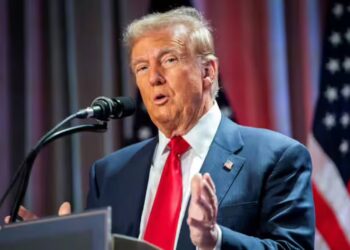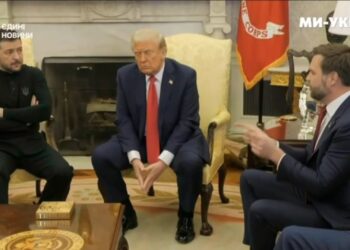China announced on Friday that it would introduce 34% tariff rates for all imports from the United States with effect from April 10. The move is part of a series of ventilations after the recent implementation of double-digit tariffs during his “Liberation Day” trade policy by US President Donald Trump.
The new tariff matches the rate of the U.S. “reciprocal” tariff of 34% on Chinese exports Trump ordered this week.
In addition to customs walking, the Chinese Ministry of Trade took further steps to combat U.S. measures. The Ministry announced strict export control on rare soil, important materials used in high-technological industries such as computer chips, electric vehicle batteries, and renewable energy technology.
These checks may have far-reaching implications for global supply chains depending on Chinese rare soil exports.
Read More: President Macron Urges European Firms to Halt U.S. Investments
China also revealed a plan to add 27 US companies to their list of institutions under trade restrictions or export restrictions. The move is expected to limit access to these companies’ Chinese markets and technologies.
In addition, Beijing has taken its complaints to the international platform, which fits the US tariff with the World Trade Organization (WTO). Legal actions emphasize challenging China’s commitment to what it describes as unfair trade practices that require dissolution through multilateral institutions.
Growing trading disputes is a new chapter among the ongoing economic burdens between the world’s two largest economies. Analysts have warned that state-to-state measures can interfere with global markets, stress diplomatic compounds, and influence industries depending on border trade. D. As both nations




















